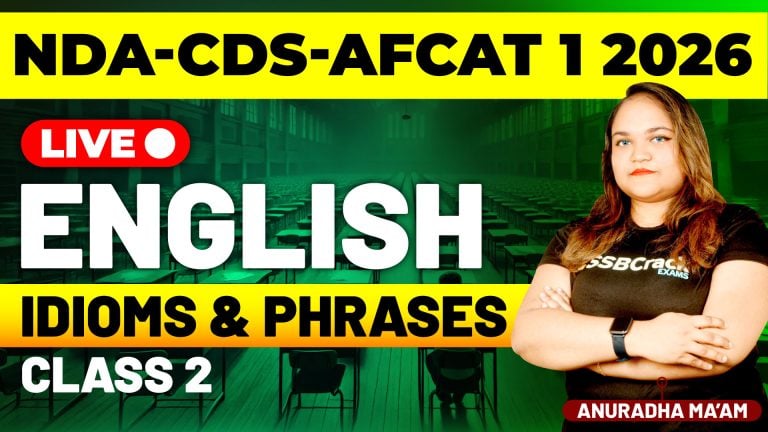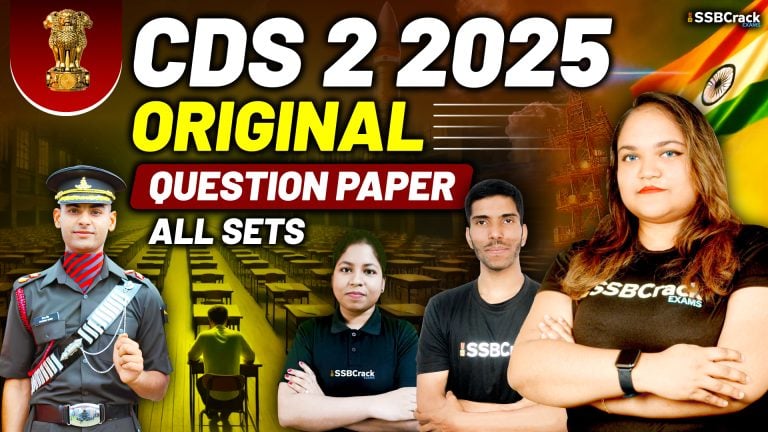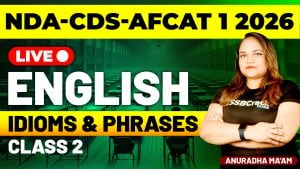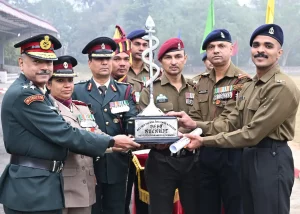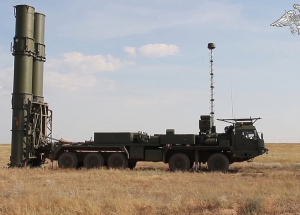The Air Force Common Admission Test (AFCAT) is a highly competitive examination for aspiring candidates looking to join the Indian Air Force. Among the various sections of the test, the reasoning section plays a pivotal role, evaluating a candidate’s logical and analytical abilities. Within this section, questions on hidden and embedded figures often pose a unique challenge. Understanding the significance of these questions can significantly enhance an aspirant’s performance in the exam.
What are Hidden and Embedded Figures?
Hidden figures are shapes or patterns concealed within a complex image, requiring the candidate to identify them amidst distracting elements. Embedded figures, on the other hand, involve recognizing a simple shape or pattern that is part of a larger, more intricate figure. Both types of questions test an individual’s spatial awareness and visual perception skills.
Why Are These Questions Important?
- Enhance Visual Discrimination Skills: Hidden and embedded figure questions are designed to improve a candidate’s ability to discern relevant information from a cluttered or complex background. This skill is crucial for pilots and other Air Force personnel who need to interpret cockpit displays, radar screens, and other visual information under pressure.
- Boost Cognitive Flexibility: Solving these questions requires mental agility and flexibility. Candidates must switch between focusing on minute details and viewing the larger picture, thereby enhancing their overall cognitive flexibility. This is vital for handling unpredictable and dynamic situations in real-life scenarios.
- Improve Attention to Detail: These questions train candidates to pay close attention to detail, a critical attribute in the Air Force. Missing a minor detail in the field could lead to significant consequences. Hence, developing this skill early on can prove advantageous.
- Time Management: AFCAT is a timed examination, and efficiently solving hidden and embedded figure questions can help candidates manage their time better. Practicing these questions enhances quick thinking and decision-making, enabling candidates to allocate time effectively across different sections of the exam.
- Preparation for Real-life Situations: The ability to identify hidden or embedded objects is not just an academic exercise but a real-world skill. In military operations, personnel often need to identify camouflaged objects, hidden threats, or embedded elements in various environments. Thus, mastering these questions can provide practical benefits beyond the examination hall.
Tips for Tackling Hidden and Embedded Figures
- Regular Practice: Consistent practice is the key to mastering these questions. Utilizing online resources, practice books, and previous years’ question papers can help in familiarizing oneself with different patterns and types of questions.
- Pattern Recognition: Developing an eye for common patterns and shapes can significantly speed up the process of identifying hidden or embedded figures. This can be achieved by breaking down complex figures into simpler components during practice.
- Relaxed Mindset: Approaching these questions with a calm and composed mindset can enhance performance. Stress and anxiety often cloud judgment and hinder visual perception, so maintaining a relaxed approach is beneficial.
- Use of Elimination Technique: Sometimes, identifying what a figure is not can be as useful as identifying what it is. By eliminating unlikely options, candidates can narrow down their choices and improve their accuracy.
- Time-bound Practice Sessions: Practicing under timed conditions can simulate the exam environment and help candidates get accustomed to the pressure of solving questions quickly and accurately.
Conclusion
The inclusion of hidden and embedded figures in the AFCAT reasoning section underscores their importance in evaluating a candidate’s suitability for a career in the Air Force. By honing their visual discrimination, cognitive flexibility, and attention to detail through regular practice, aspirants can significantly enhance their chances of success. Remember, mastering these questions not only helps in clearing the exam but also lays a strong foundation for the skills required in a dynamic and demanding career in the Indian Air Force.



